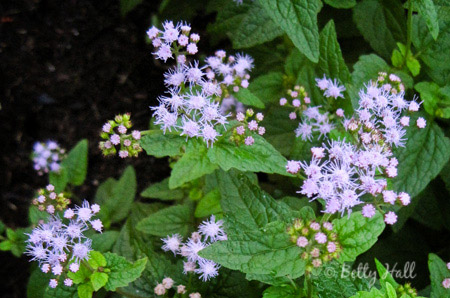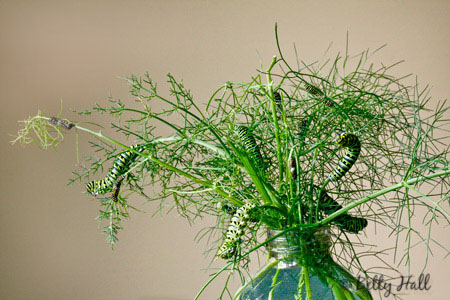I suspect this is my last butterfly image for 2010, but I’d be glad to be wrong.
I’ve come to appreciate the diminutive skippers. I especially enjoy them in late summer when the other butterflies begin to dwindle. This common checkered-skipper (Pyrgus communis) is one of the easiest to identify.
This particular one has brown tones, but they are often checkered black and white. It is about 1/2 inch wide and is feeding on New England Aster (Aster novae-angliae).
According to Jim Brock and Kenn Kaufman, authors of Butterflies of North America, this is “the most common and widespread skipper in North America.” I’m surprised that I’m just now seeing it and making its acquaintance.








